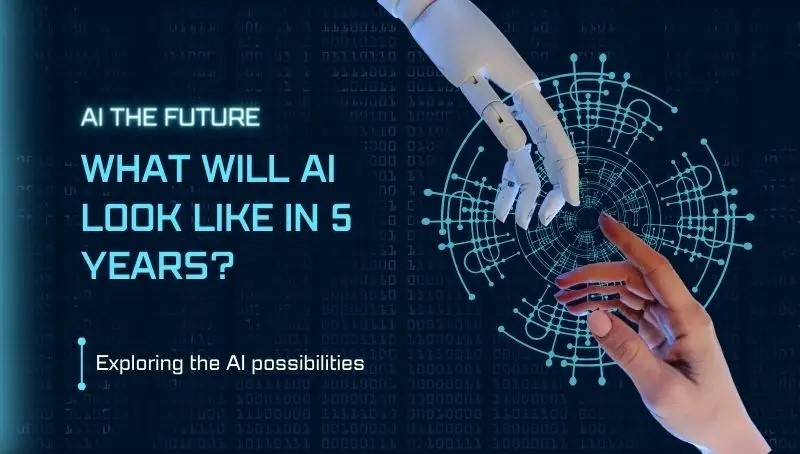
Decoding the Neuralink Breakthrough: How Elon Musk is Changing the World Forever
Training of Trainers – February 8, 2024
Blog By
Austin Oduma,
Cybersecurity & IT Risks Associate (CITRA)
South-End Tech Limited
In the realm of technological marvels, the Brain-Computer Interface (BCI) has emerged as a groundbreaking innovation, thanks to the visionary mind of Elon Musk and the revolutionary strides made by Neuralink. From its experimental origins to the initiation of the first-in-human clinical trial, the evolution of BCI technology is nothing short of fascinating. This blog delves into the key advancements and future aspirations that mark this transformative journey.
Definition
BCI is not just an acronym; it represents a coin-sized implant housing a microchip that intricately integrates various components. This implant is surgically embedded inside the skull, forging a direct connection between the human brain and external devices.
The brainchild of tech mogul Elon Musk, BCI technology took its first steps in 2016, evolving from a mere experimental concept to a fully functional device aimed at enhancing the lives of individuals facing physical challenges.
Advancements
The inception of BCI technology was rooted in the experimental musings of Elon Musk’s agile mind. What began as imaginative exploration has evolved into a transformative tool, offering hope and assistance to those grappling with physical disabilities.

Neuralink PRIME Study (2023)
- First-in-Human Clinical Trial watershed moment arrived in late 2023 with the announcement of Neuralink’s first-in-Human clinical trial, aptly named the PRIME Study (Precise Robotically Implanted Brain-Computer Interface).
- Institutional Approval– Crucial to the trial’s credibility was the approval received from an independent institutional review board, signifying a commitment to ethical standards and safety protocols.
- R1 Robot and N1 Implant trial utilized cutting-edge technology, employing the R1 Robot to precisely place the N1 Implant’s ultra-fine and flexible threads in a brain region controlling movement intention.
- Wireless Connectivity– A significant leap forward was achieved with the wireless functionality of the implant, enabling the transmission of brain signals to an app designed to decode movement intention.
- Targeted Recipients-Individuals grappling with quadriplegia due to cervical spinal cord injury or ALS emerged as potential beneficiaries, offering a glimmer of hope for improved mobility and independence.
Future Goals:
- Initial BCI The initial objective of BCI was to empower individuals to control a computer cursor or keyboard using their thoughts alone, a feat that once seemed like science fiction but is now within reach.
- Expanded Capabilities:- Looking ahead, Neuralink envisions a future where BCI technology transcends its initial goals. The ambitious roadmap includes restoring vision, motor functions, and speech, and ultimately expanding the overall human experience.
Conclusion:
Neuralink’s achievements and the commencement of the first-in-human clinical trial herald a pivotal moment in BCI technology. The potential to enhance the lives of those with paralysis and the visionary goals for the future underscores the transformative power of neurotechnology. As we eagerly anticipate the progress of Neuralink and other advancements in the field, we find ourselves on the brink of a new era where the boundaries between mind and machine continue to blur, offering hope for a more inclusive and technologically empowered future.
Please do not hesitate to contact us for your Cybersecurity and Data Protection Solutions and Service needs on the telephone at +254115867309 +254721864169; +254740196519; +254115867309 or email.


